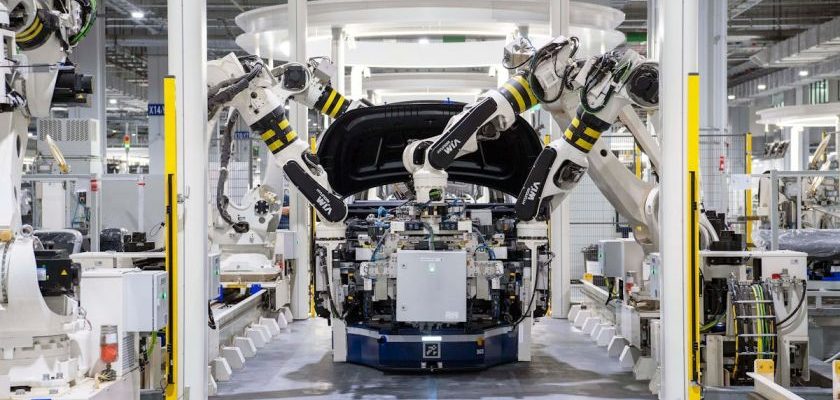In today’s fast-paced and technologically advanced world, robotic automation has become a game-changer for many industries. The integration of robotics in various sectors has not only increased efficiency but also improved productivity and reduced costs. Let’s delve into the industries that benefit the most from robotic automation.
Automotive Industry
The automotive industry is one of the leading sectors that have embraced robotic automation. Robots are extensively used in manufacturing processes such as welding, painting, and assembly of vehicles. These robots can work with precision and speed, leading to higher production rates and improved quality control. Automated guided vehicles (AGVs) are also utilized in warehouses and distribution centers to streamline logistics operations.
Manufacturing Industry
The manufacturing industry heavily relies on robotic automation to enhance production processes. Robots are deployed in tasks like material handling, machine tending, and packaging, allowing companies to operate 24/7 without the need for breaks. Collaborative robots, or cobots, are increasingly being used to work alongside human workers, increasing efficiency and ensuring workplace safety.
Healthcare Industry
Robotic automation has revolutionized the healthcare industry by improving patient care and enhancing medical procedures. Surgical robots enable surgeons to perform complex operations with precision and minimal invasiveness, leading to faster recovery times for patients. Robots are also used for tasks like medication dispensing, disinfection, and patient assistance in hospitals and healthcare facilities.
Agriculture Industry
The agriculture industry has seen a significant transformation with the adoption of robotic automation. Agricultural robots are used for planting, harvesting, and spraying crops, reducing the manual labor required and increasing efficiency. Drones equipped with sensors and cameras are also utilized for crop monitoring and pest control, allowing farmers to make data-driven decisions for better yield.
Retail and E-commerce Industry
The retail and e-commerce sector has embraced robotic automation in warehouses and fulfillment centers to meet the growing demand for fast and accurate order processing. Automated guided vehicles (AGVs) and robotic arms are used for picking, packing, and shipping products, enabling retailers to fulfill orders quickly and efficiently. Robotics also plays a crucial role in inventory management and tracking in retail stores.
Conclusion:
Robotic automation continues to transform various industries, leading to increased efficiency, productivity, and cost savings. As technology advances and robots become more sophisticated, we can expect to see further integration of automation across different sectors, driving innovation and shaping the future of work.

